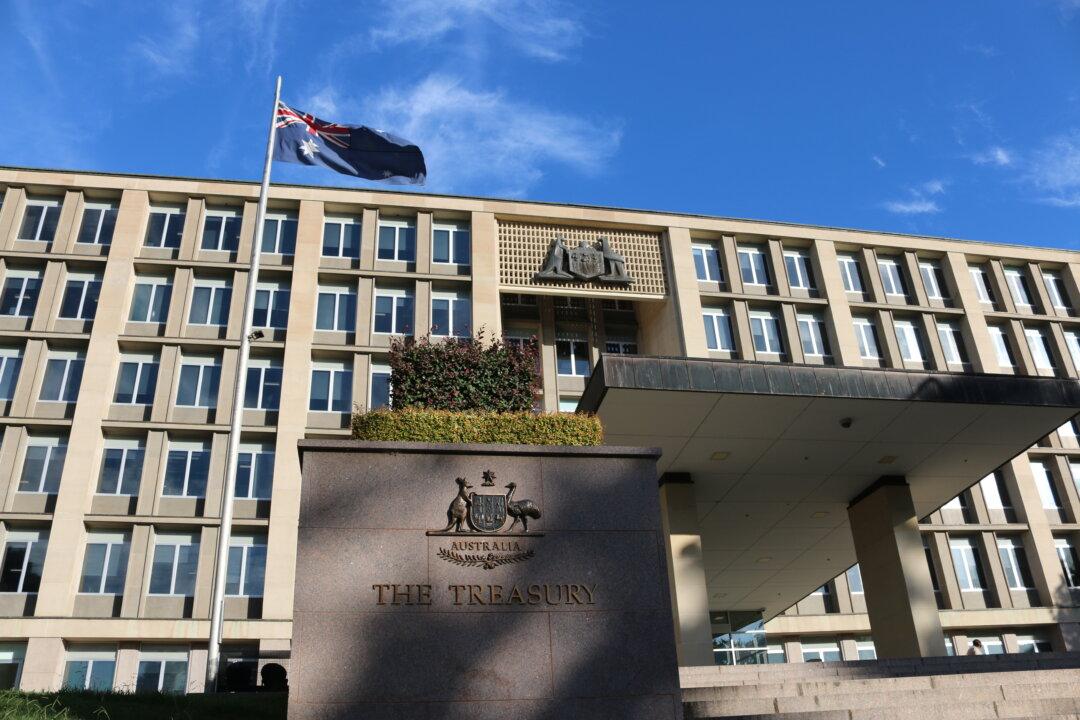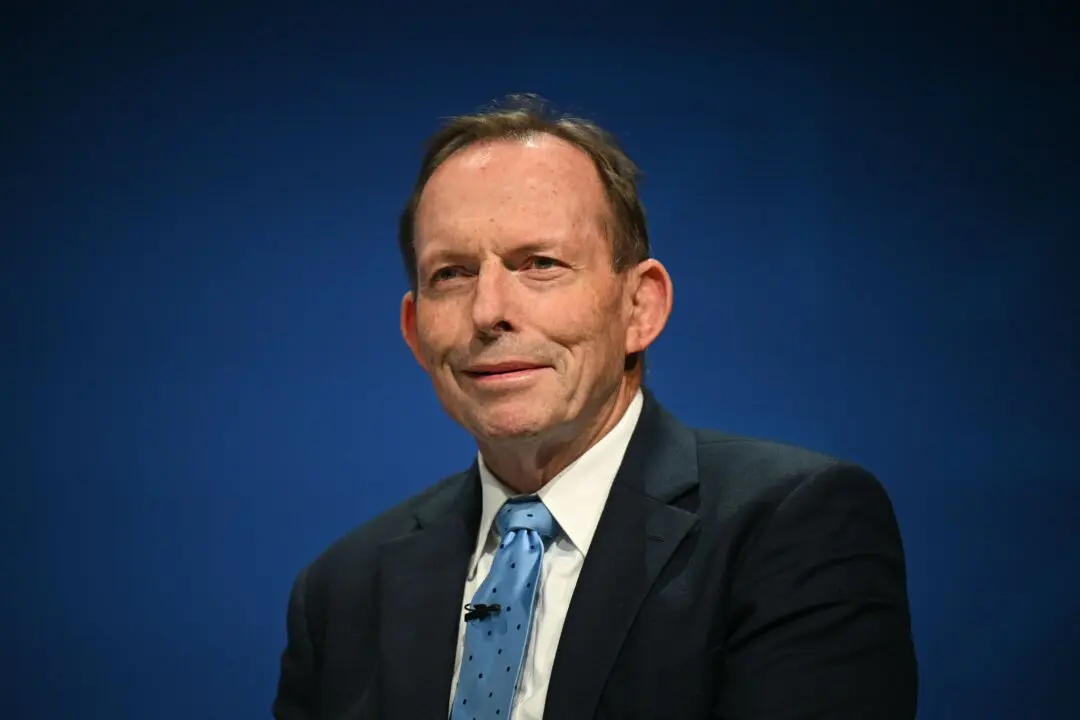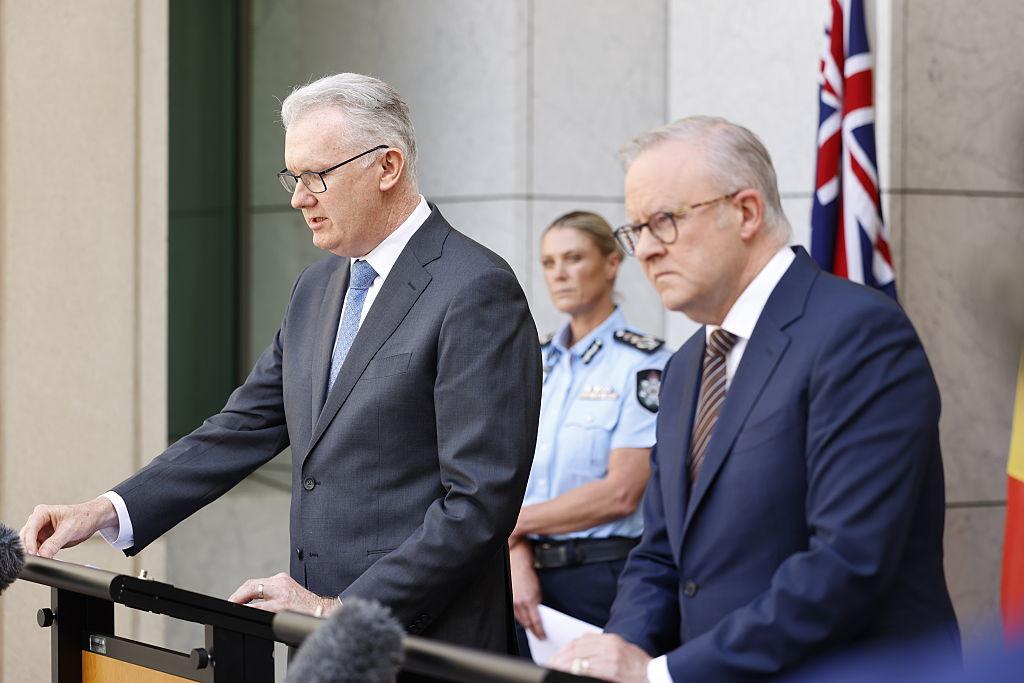Australia’s current account balance unexpectedly swung into deficit in the March quarter as imports surged and commodity export prices fell. The rapid turnaround will reduce the country’s gross domestic product (GDP).
Data from the Australian Bureau of Statistics (ABS) showed the current account in deficit by $4.9 billion ($3.27 billion) in the first quarter of he calendar year, well under forecasts of a $5.1 billion surplus.





